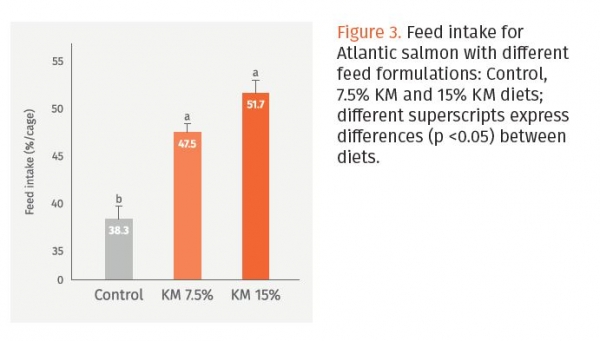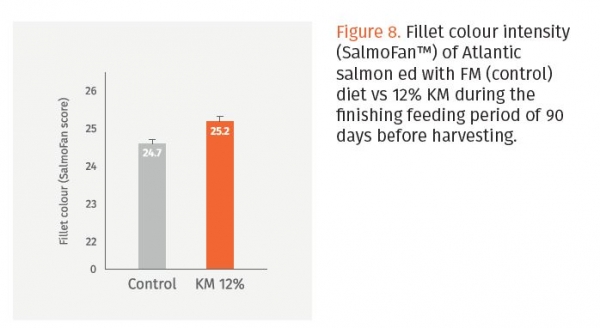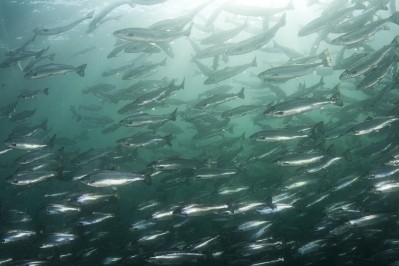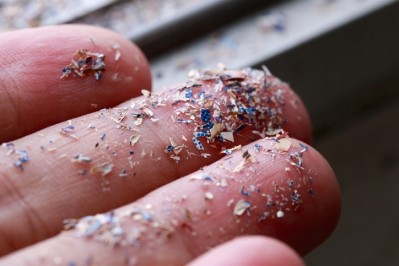Aker BioMarine secures FDA approval for QRILL Aqua in the US
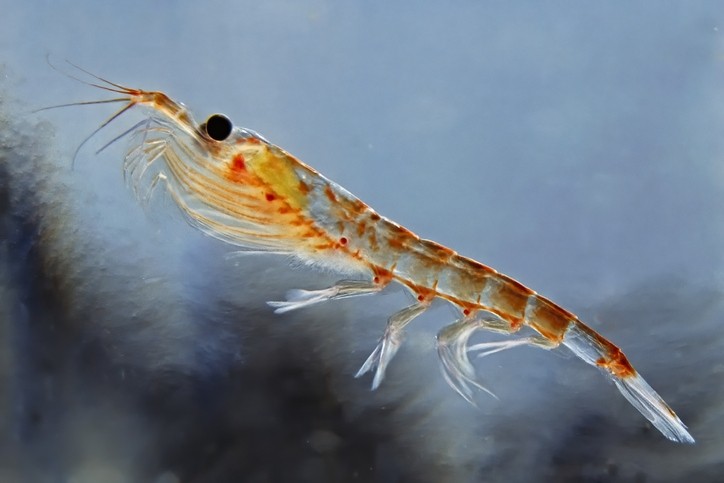
After 10 years in the making and undergoing a comprehensive process, the Norwegian company has received approval from the FDA for the use of its QRILL Aqua and QRILL High Protein meal in salmon feed.
The FDA classified the products as color additives.
In terms of the selection of that category for registration of the products in the US, Sigve Nordrum, EVP animal health and nutrition, Aker BioMarine, told FeedNavigator: “That was decided by FDA after a pre-submission meeting between Aker BioMarine, the Center of Veterinary Medicine (CVM) and the Center for Food Safety and Applied Nutrition (CFSAN), due to the fact that Aker BioMarine’s krill products contain astaxanthin, a source of red color that may enhance the color of salmon flesh.”
The approval of ingredients under the color additive classification is very thorough, so krill meal as an ingredient in fish feeds has been subjected to extensive evaluation by FDA during the approval process, said the Oslo Stock Exchange listed firm.
The US registration has been a goal for the Antarctic krill-harvesting company for many years. Looking at the potential revenue gains for Aker BioMarine arising out of this approval, Nordrum said: “Since QRILL Aqua is an ingredient formulated into fish diets, it’s difficult to determine market penetration, but we can estimate 10% of our sales will come from the US and Canada.”
The interest in krill from both farmers and the aquaculture industry has been increasing over time, said Aker BioMarine. Motivated by the need to use more sustainable ingredients, krill has become a favorable choice in light of its sustainable biomass and nutritional profile that enhances feed intake and growth performance, said the producer.
Antarctic krill (Euphausia superba) is found in the Southern Ocean. Its harvesting is strictly regulated with an annual sustainable quota limited at 1% of the total estimated biomass, said the company. “In addition, the commercial harvesting stands below that quota representing less than 0.5% of the unexploited biomass, thus supporting a sustainable harvesting approach. These strict regulations of Antarctic krill harvesting have led to an increase in its biomass over the years, from 60.3m tons measured in 2000 to 62.6m tons in 2018/19 according to the findings from CCAMLR.”
Trial results
To determine the benefits of krill meal (KM) inclusion in Atlantic salmon (Salmo salar) diets, studies performed in the early 2000s, using different doses of KM showed that partial FM replacement with KM (20-40%) enhanced fish weight and specific growth rate (SGR).
More recent trials tested lower levels of inclusion of Aker BioMarine’s QRILL Aqua. In one trial, smolts were fed with FM diets supplemented with 7.5 and 15% of KM, after their sea water transfer. The stimulating effect of KM led to a significant increase in feed intake, weight gain and SGR, according to the findings.
In a second trial, 10% KM (100 g/kg) inclusion was used as a partial replacement of FM in a pre-slaughter diet. A significantly higher weight gain was observed in KM when compared to the control FM diet - 23.0% in KM group versus 20.4% in the control group, noted Aker BioMarine.
Since flesh color is such an important factor for consumer acceptability, supplementing salmonid feeds with carotenoids such as astaxanthin became a standard practice, said the firm. "However, the maximum limit for synthetic astaxanthin in salmonids diets is 100 mg/kg, as described by EFSA. Krill naturally contains a carotenoid called astaxanthin and studies show KM positively affected pigmentation, with fillet color from the KM group being significantly redder compared with the FM group."
